The Benefits of Using Puppets in Early
Childhood Classrooms
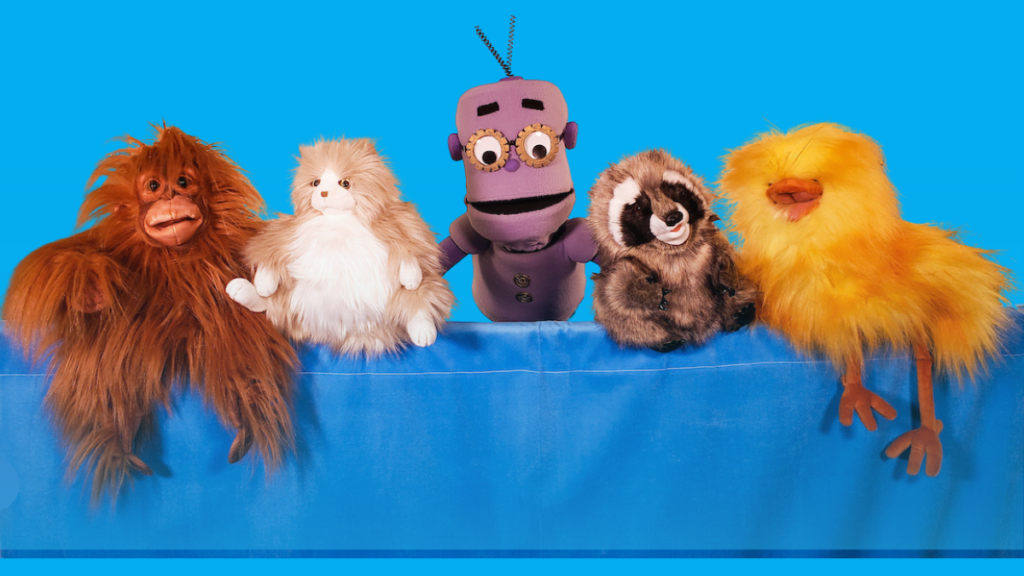
Puppets: An Evidence-Based Instructional Practice
Developing a Comprehensive Literacy Solution for Young Children
Flash forward a few decades; I am now a curriculum developer for an education technology company, Building Wings, Inc. Once hired, the mission was clear: Don Johnston, founder and CEO, wanted a comprehensive literacy solution for young children who face learning barriers. It sounded like a tall order; in some ways, it was. But the team at Building Wings had some clear advantages. Our passion for the work and the established reputation, efficacy, and overall prowess of the flagship product, Readtopia, has been driving outcomes and enhancing teaching for over five years.
Creating Geartrude: Puppets for Early Childhood Learners
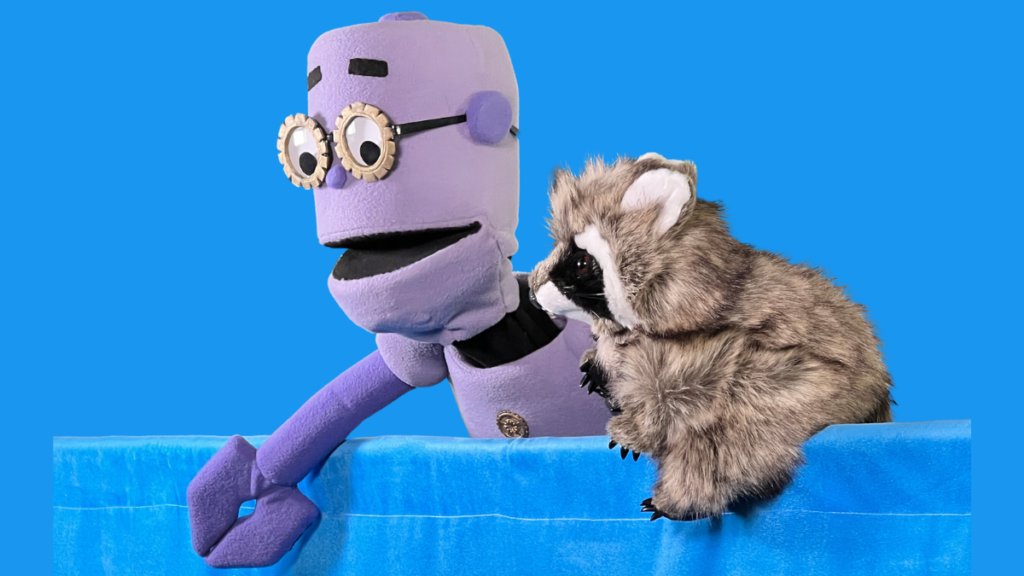
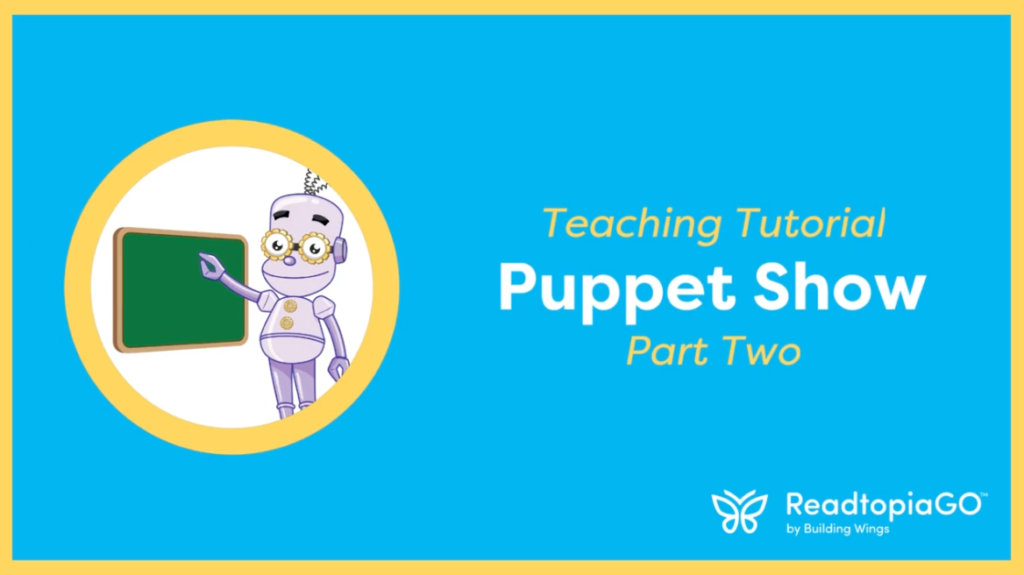
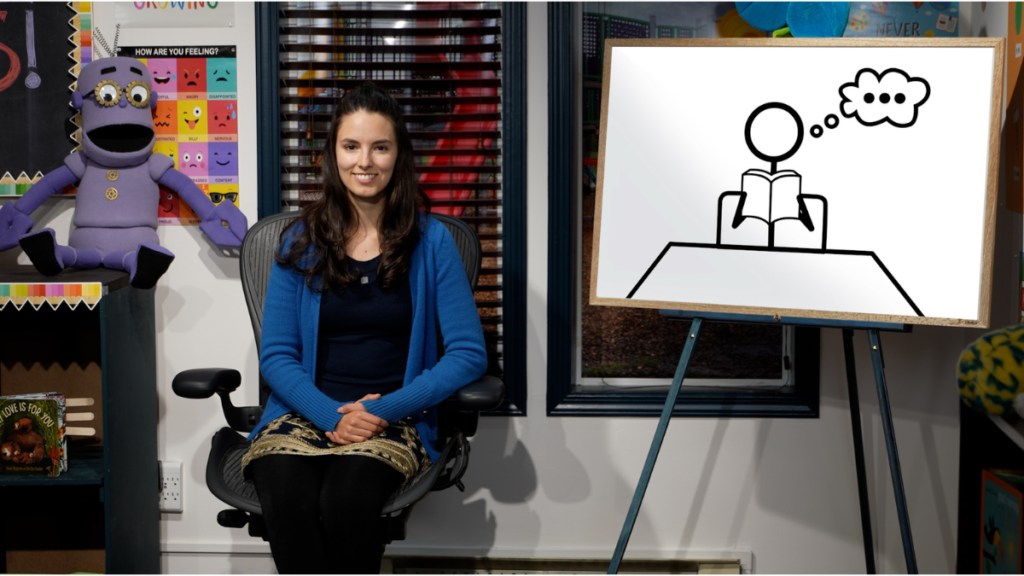
How Puppets Inspire Learning
If you’ve ever seen Geartrude in action, you’ll know that the topic of each video is different (and aligns to a science, social studies, life skills, or SEL), yet the format is the same. This kind of repetition with variety is both research-based and soothing for young children. This is one of the reasons why young children ask us to read the same story repeatedly. When the whole world is new, it’s reassuring to engage with predictable content. It allows children to develop a feeling of confidence while also integrating new elements into their understanding.
The Building Wings team got to work designing a puppet representing ReadtopiaGO and finding the right puppeteer to portray us. We settled on Spencer Cohen, a talented performer who has been delighting audiences with puppet shows throughout New York for the last decade. We chose Spencer for many reasons, but his passion for the art and musical abilities made him a real draw.
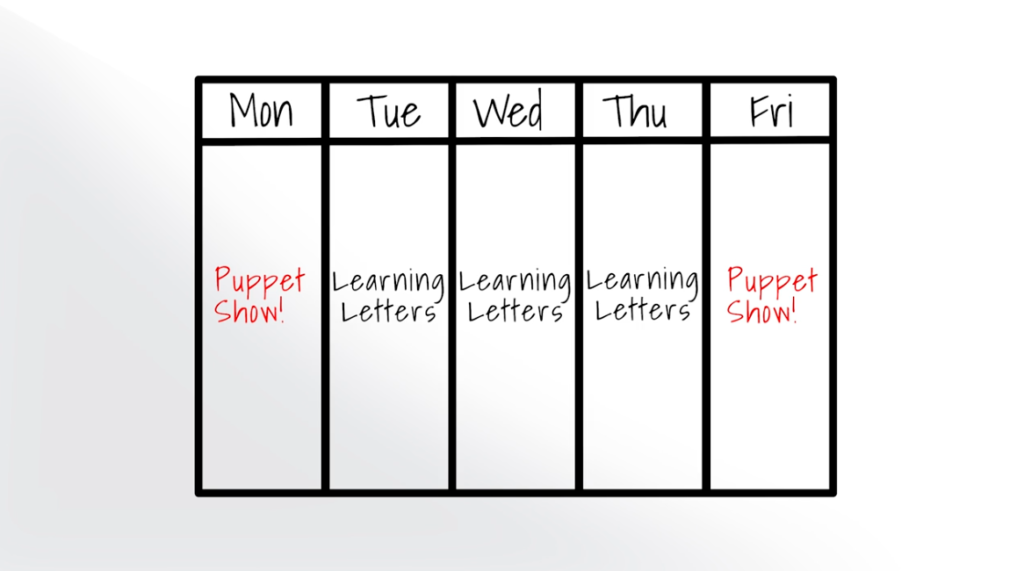
Spencer also wrote songs into the shows since music provides learning opportunities and enhances memory (Ho, 2003). Each show begins with an interaction between Geartrude and one of her puppet friends. Together, they develop a question, and each puppet sings about it– first, Geartrude wonders about the importance of the question, and her puppet friend responds by sharing what they know about the topic. Embedded are key vocabulary words and concepts that relate to each theme.
How Puppets Enhance the Learning Experience
- Multisensory learning. Incorporating puppets adds a multisensory component to literacy instruction. Students can engage with lesson content visually, through audio, or tactile experiences. Such variety supports every kind of learner.
- Storytelling. Puppets are powerful storytelling tools. The instructor can use puppets to act out stories or create experiences when the puppets and the students interact. Such interactive storytelling helps students “see” the story, begin understanding story structure, and build background knowledge.
- Expressive language. Puppets are a way for students to express themselves and give voice to their thoughts and emotions. Puppets can be particularly beneficial for students who may struggle with oral communication.
- Learning partners. Puppets can serve as a learning partner or a reading buddy. Students may feel more willing to read aloud a puppet because the situation is non-judgmental. This may be particularly helpful for students who are shy or struggle to read aloud to others.
- Building vocabulary. Puppets can introduce and reinforce vocabulary. Teachers can act out words, demonstrate meanings, and invite students to use the puppets themselves to showcase their understanding.
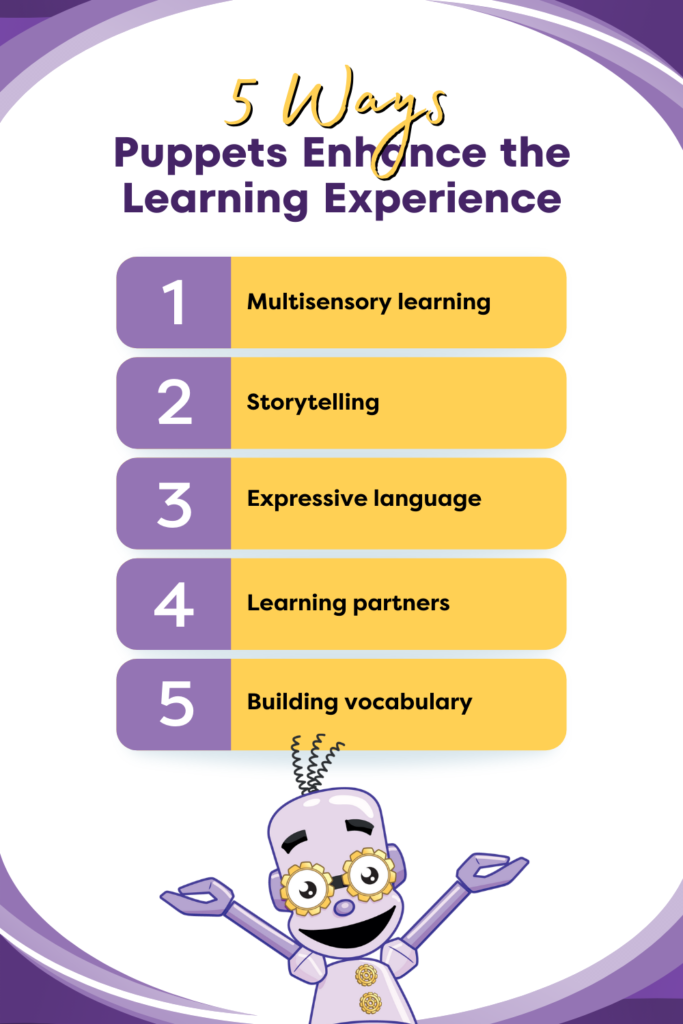
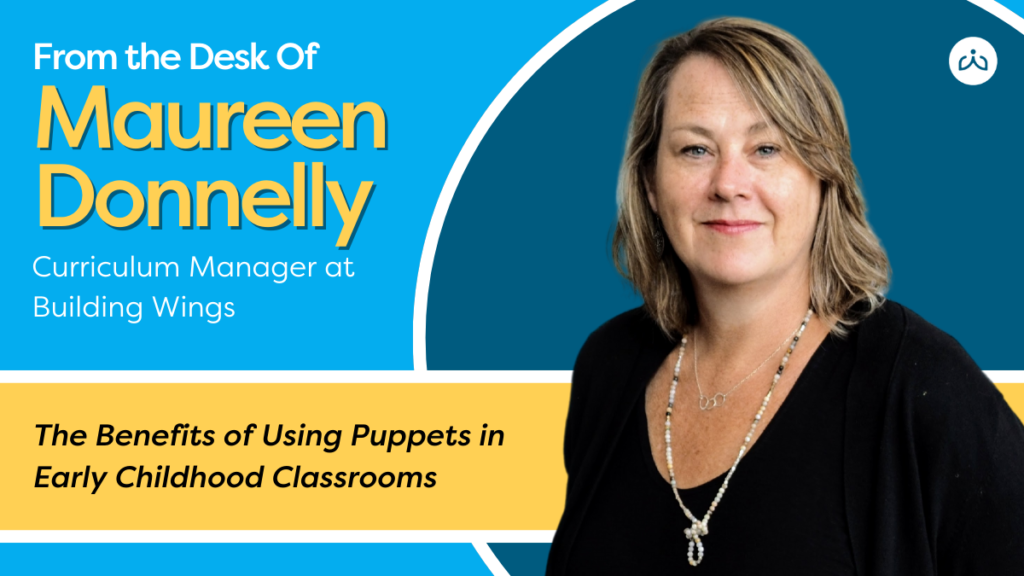
Maureen Donnelly, M.Ed., is a Curriculum Development Manager at Building Wings. Maureen is an early childhood educator by training who has worked with students of diverse ages and abilities, from preschool through college. Throughout her 25-year career, Maureen has developed numerous products and written hundreds of books that support the literacy learning needs of beginners. She lives and works in Kittery, Maine, in an office stuffed with children’s books.

